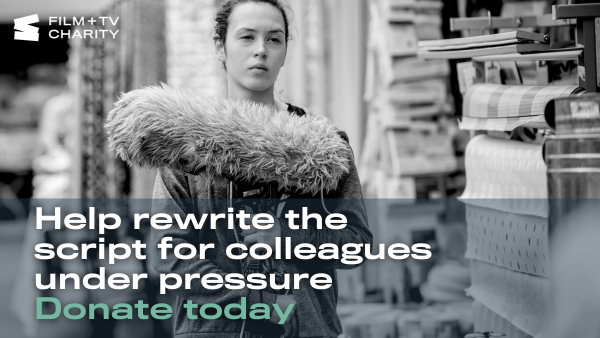Simon Dawson co founder of Monkey Puzzle Studios on creating pre vis animatics for commercials. How to turn a script into a fully animated film, ready to go into research.
"One of our team will sit down in the agency with the art director, creatives and producers and read through the script together. Ideally the agency will have a set of scamps drawn up, but if not, we will break down the script and roughly scamp out the frames. During the initial meeting we always like to discuss any visual influences or references that the creatives used when coming up with the idea. This always helps the artists better understand the idea as a whole and can be incredibly useful when it comes to creating the final frames. More and more we find that scripts are emailed over and briefings done on the phone but in my experience, projects always set off to a much better start when the first briefing is done face to face and we get involved in the process as early as possible.
Once everyone on the team is happy with the script breakdown, we can start to get the rough artwork underway. Although we do occasionally get asked to produce 3D elements, or Photo comps, 95% of our animatics are traditional hand drawn illustration (albeit drawn digitally these days). Usually we find at this point it’s useful to get a rough edit done using the scamps. This gives us our basic frame work for the animatic as a whole and we often find that timing wise, the final film hardly changes from that first rough edit. The rough edit and frames are then sent on to the agency and we can make any amends to the art and timings at this stage. Once both those have been signed off, the project really starts to gather pace.
By now, everyone who is part of the project should have had the chance to look at the rough frames and make any suggestions or changes they feel are needed. This is because it’s much easier to address these changes at this early stage rather than on the night before the deadline! However, we know that this isn’t always feasible and so we’ve become very adept at addressing those last minute changes as quickly as possible.
Having received approval on our amends, the artist will start to turn the rough pencils into highly finished colour frames. For a full animatic, there can be a lot of moving parts so the artist will start feeding through the work as he finishes each section. These will be given to our producers to cut out and separate all the moving elements and start to assemble each frame, with the correct backgrounds and moving parts, to make it as easy as possible for the animators. On a large job, it becomes a real production line at this point, with the artwork going from the artist, through the producers and then on to the animators. The animators will be using the rough edit as their guide as they start to add all the animated elements, making sure to stick to the approved timings.
At the end of this period, we will have an animatic that is 90% complete. All the artwork is finished, the sound, music and FX are laid and most of the animation will be completed. It will go back to the agency for a final round of comments and there will be some tweaks, frequently to the timing and the sound and making sure all the correct cues are being hit. Then it’s back to the animators who will finesse the animation and add any extra touches that will help make the film as good as it can be.
And that’s that.
We deliver the film to the agency and it goes off to research where, usually, it gets a green light across the board. We’re aware that animatics aren’t always every producer’s favourite part of getting an advert made but it can be a vital part of the process and it’s something that studios like Monkey Puzzle do very well."
Staff Reporter
Share this story
















